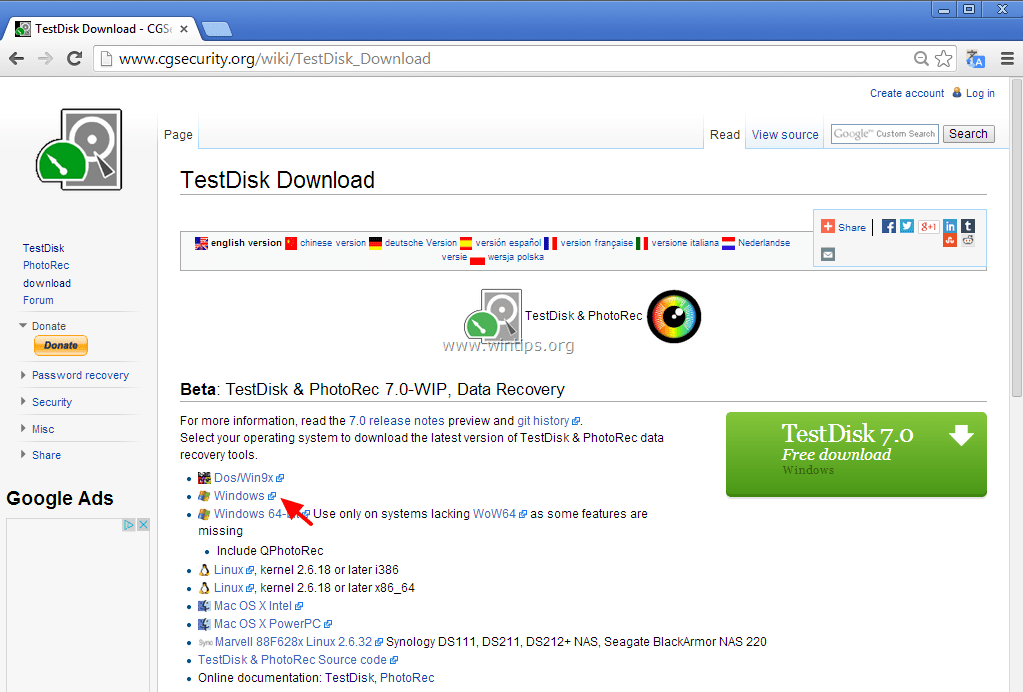

- You need to format the disk in drive h before using it how to#
- You need to format the disk in drive h before using it install#
- You need to format the disk in drive h before using it full#
- You need to format the disk in drive h before using it windows 10#
Under the "Format options" section, select the Quick format option.
You need to format the disk in drive h before using it windows 10#
Quick tip: If you plan to use the removable storage on Windows 10 as well as on macOS systems, you may want to select the exFAT option for compatibility. Use the "File system" drop-down menu and select the NTFS option. Under the "Devices and drives" section, right-click the flash drive and select the Format option. To format a USB flash drive using File Explorer on Windows 10, use these steps: Note.How to format USB flash drive with File Explorer To start the formatting, just click Start.
You need to format the disk in drive h before using it full#
Uncheck the box to run low-level format (also known as full format) which takes up much longer but it ensures full cleaning of each disk sector (writing zeros instead of data). The disk space is then marked as ready for overwriting, but without actual cleaning of clusters (i.e.

It is performed quick and easy as it cleans the MBR (boot sector) and writes an empty table of the selected file system. Quick format: This setting is there by default, and the program will run high-level formatting of the selected volume. Volume label: enter a new disk name so it will be shown in the File Explorer. Restore device defaults: use this button to change all settings in the Format… window to default values for any disk. Yet if you’re going to store lots of smaller files, it’s better to use small cluster size so that small files will take less space on the hard disk. The larger the cluster, the quicker are input-output operations, and the quicker your computer works with the disk. Cluster size is the minimal disk space allocated for writing a file. We recommend leaving this value at default unless you have really sound reasons to modify it. the size of the smallest unit of space where data will be written. Two: run Windows PowerShell as administrator and use the command “format /FS:FAT32 X:”, where Х is the letter assigned to the disk you are working on.Īllocation unit size: this setting determines the maximal disk cluster size, i.e.
You need to format the disk in drive h before using it install#
One: download and install third-party software (for example, “GUI version of fat32format”). There are several ways to format a disk bigger than 32 GB in FAT32. Open File Explorer, select This PC on the left, choose a disk, right-click on it and then click on Format…Ĭonverting NTFS, FAT32 or exFAT USB Flash Drive, External Drive Without Losing Data You can format such disk by either booting from a USB drive, or when reinstalling the operating system (in the course of installation, the wizard will ask you to select the volume where to copy files to, and will offer you several options for disk management). Formatting this volume could cause your computer to stop working.” This is how your operating system prevents you from deleting system files accidentally. It contains the version of Windows that you are using.

If you want to format the disk where the operating system is installed (by default it’s disk С:\), Windows 10 will show you a warning: “You cannot format this volume. Though, if formatting is all you want to do, there is an even easier way to go. The standard utility Disk Management will help you format the disk, create or remove partitions.
You need to format the disk in drive h before using it how to#
How to Recover Data After Formatting, Deleting or Creating Partitions in 2020 📁🔥⚕️įormatting a disk in Windows is very easy.


 0 kommentar(er)
0 kommentar(er)
